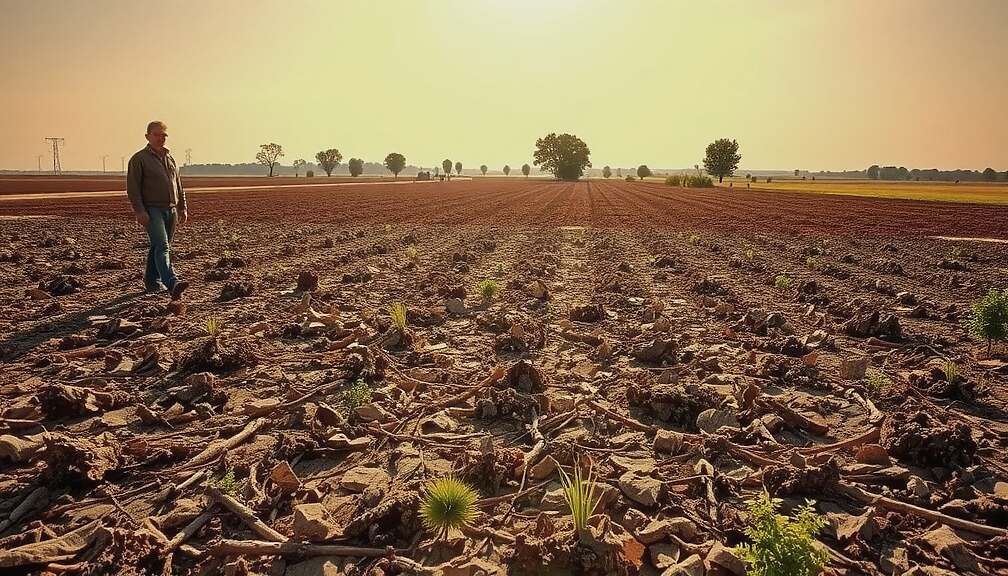June 2025 has been exceptionally warm and dry across Germany, characterized by abundant sunshine, according to initial assessments released Monday by the German Meteorological Service (DWD). Data from approximately 2,000 measurement stations indicate that this June marks the tenth consecutive June since 2015 to register above-average temperatures.
The average temperature for June reached 18.5 degrees Celsius (63.3°F), a significant increase of 3.1 degrees above the internationally recognized reference period of 1961-1990 (15.4°C). Even when compared to the more recent and warmer reference period of 1991-2020 (16.4°C), a notable increase of 2.1 degrees was observed. The southwestern region of Germany emerged as a particular “heat hotspot” frequently impacted by warm air masses originating from the south and southwest, with temperature increases exceeding 4 degrees above the long-term average in some areas. Residents along the Upper Rhine Valley experienced over ten days with temperatures surpassing 30 degrees Celsius (86°F).
Precipitation levels remained critically low, with just 61 liters (approximately 16.3 gallons) per square meter recorded. This marks the fifth consecutive month of below-average rainfall and the deficit is pronounced when compared to the 1961-1990 reference period (85 l/m²) where the shortfall was nearly a third. Compared to the 1991-2020 reference period (76 l/m²), the rainfall fell short of expectations by a fifth.
The first half of 2025 reinforces the picture of prolonged dryness. From January to June, approximately 260 liters per square meter of precipitation were recorded nationwide, significantly below the long-term average of around 380 liters (1961-1990 reference period) or 366 liters (1991-2020 reference period). The eastern central and parts of eastern Germany experienced especially low precipitation, with some areas receiving as little as 10-25 liters per square meter. However, localized intense thunderstorms occurred, notably in Aue (Saxony) on June 15th, where a record 96 liters per square meter was registered as the highest daily precipitation amount in Germany. The southern regions received more substantial rainfall, with the Black Forest, Bavarian Forest and Alpine foothills experiencing between 100 and 150 liters per square meter and locally reaching 180 liters per square meter.
June also delivered plentiful sunshine, totaling approximately 277 hours – a third above the average (based on the 1961-1990 reference period). This represents a 28 percent deviation from the 1991-2020 reference period average of 216 hours. The mid-June period was particularly sunny, contributing over 120 hours of sunshine. On several days, the maximum astronomically possible duration of sunshine (approximately 16 hours) was reached. The southwest experienced the most sunshine, registering nearly 300 hours.












